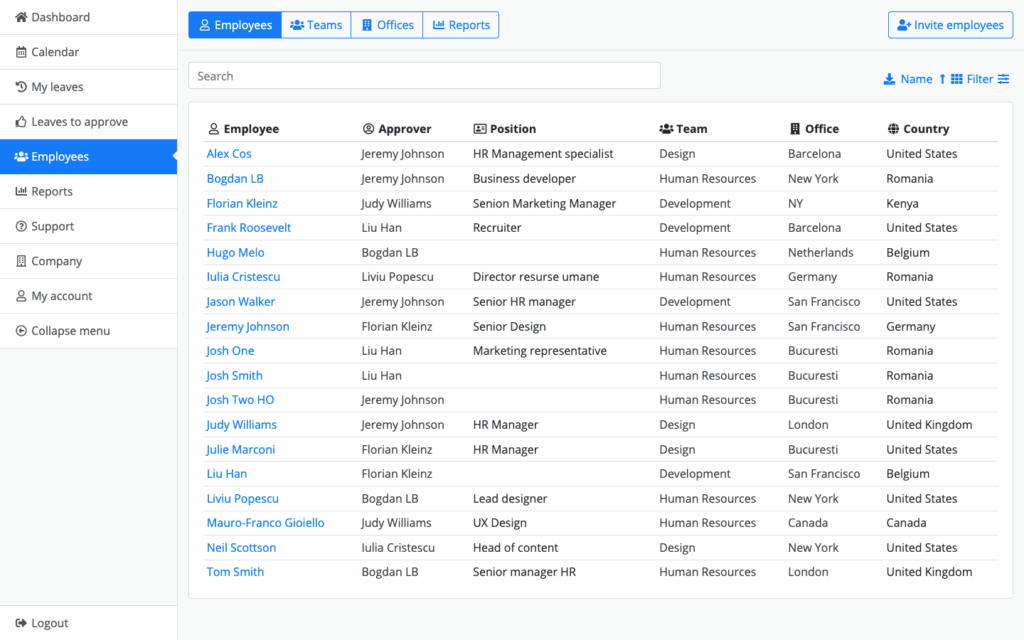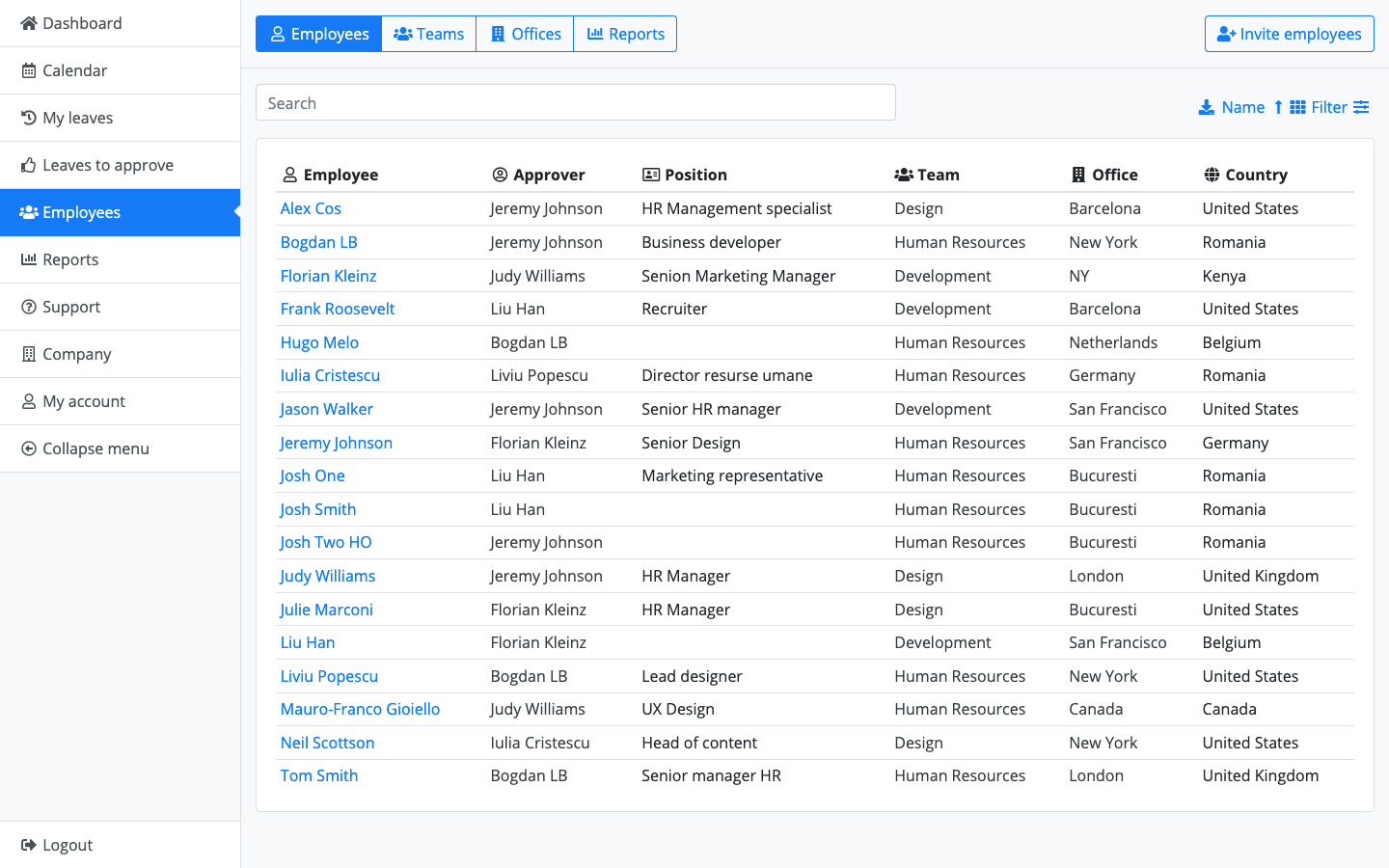
Navigating Employee Name Conventions: A Comprehensive Guide for Businesses
The seemingly simple task of managing employee names can quickly become complex for organizations of all sizes. Establishing clear and consistent employee name conventions is crucial for various reasons, from payroll accuracy and legal compliance to internal communication and branding. This guide provides a comprehensive overview of best practices for handling employee names, addressing common challenges and offering practical solutions. Understanding the nuances of employee name management is vital for creating a professional and efficient workplace.
Why Employee Name Conventions Matter
Beyond basic identification, employee name conventions impact numerous aspects of a business:
- Legal Compliance: Accurate employee names are essential for tax forms (W-2s), I-9 verification, and other legal documents. Mismatched names can lead to penalties and delays.
- Payroll Accuracy: Consistent employee name usage is critical for ensuring accurate payroll processing. Discrepancies can result in incorrect payments and frustrated employees.
- Internal Communication: Standardized employee name formats facilitate efficient communication across departments and teams. It avoids confusion and promotes a professional image.
- HR Management: Accurate employee name records are foundational for HR systems, performance reviews, and other employee-related processes.
- Security: Using consistent employee names in access control systems and security badges helps maintain a secure workplace.
- Branding and Client Communication: How employee names are presented to clients and the public contributes to the company’s overall brand image.
Establishing Clear Employee Name Policies
The foundation of effective employee name management is a well-defined policy. This policy should address the following:
Preferred Name vs. Legal Name
Clearly define the difference between an employee’s legal name (as it appears on official documents) and their preferred name (the name they prefer to be called). The policy should outline when each name should be used. For example, legal names are typically required for payroll and legal documents, while preferred names can be used for internal communications and email signatures. Allowing employees to use a preferred employee name can foster a more inclusive and welcoming environment.
Name Format
Specify the preferred format for employee names. Common formats include:
- First Name Last Name (e.g., John Smith)
- Last Name, First Name (e.g., Smith, John)
- First Name Middle Initial Last Name (e.g., John A. Smith)
The chosen format should be consistently applied across all systems and documents. Consider the cultural context and allow for variations in naming conventions. For example, some cultures place the family name before the given name. Ensure your systems can accommodate different employee name structures.
Titles and Suffixes
Decide whether to include titles (e.g., Mr., Ms., Dr.) and suffixes (e.g., Jr., III) in employee name records. If included, specify the acceptable abbreviations and usage guidelines. Be mindful of gender-neutral titles and allow employees to choose the title that best reflects their identity.
Handling Name Changes
Establish a clear process for employees to update their employee names due to marriage, divorce, or other reasons. This process should include the required documentation (e.g., marriage certificate, court order) and the steps involved in updating records across all relevant systems. Make the process as easy and stress-free as possible for the employee.
Data Entry Standards
Provide clear guidelines for data entry staff to ensure consistent and accurate employee name recording. This includes specifying capitalization rules, punctuation, and handling of special characters. Regular training and quality checks can help maintain data integrity.
Common Challenges and Solutions
Managing employee names can present several challenges:
Duplicate Records
Inconsistent employee name usage can lead to duplicate records in HR systems. This can complicate reporting and create inefficiencies. Implement a robust data cleansing process to identify and merge duplicate records. Regularly audit your data to prevent future duplicates.
Data Migration
Migrating employee name data from one system to another can be complex, especially if the systems use different naming conventions. Plan the migration carefully and map the data fields accurately. Consider using data transformation tools to ensure consistency.
International Employees
Working with international employees requires sensitivity to different naming conventions and cultural norms. Ensure your systems can accommodate various character sets and name structures. Be prepared to adapt your policies to comply with local regulations.
System Limitations
Some HR systems may have limitations in terms of the length or format of employee name fields. Choose systems that are flexible and can accommodate your organization’s needs. Work with your IT department to customize systems if necessary.
Best Practices for Employee Name Management
To ensure effective employee name management, consider the following best practices:
- Centralized Data Management: Maintain a central repository for employee name data to ensure consistency across all systems.
- Regular Audits: Conduct regular audits of employee name data to identify and correct errors.
- Training and Education: Provide training to employees and data entry staff on employee name policies and procedures.
- Data Validation: Implement data validation rules to prevent errors during data entry.
- Employee Self-Service: Allow employees to update their preferred employee name and contact information through a self-service portal.
- Security Measures: Protect employee name data with appropriate security measures to prevent unauthorized access.
The Role of Technology
Technology plays a crucial role in streamlining employee name management. HR software, payroll systems, and identity management solutions can automate many of the tasks involved in managing employee names. Look for solutions that offer features such as data validation, duplicate record detection, and reporting capabilities. Integrating these systems can further enhance data accuracy and efficiency.
The Importance of Communication
Clear communication is essential for successful employee name management. Communicate your employee name policies to all employees and provide ongoing support and guidance. Be responsive to employee questions and concerns. By fostering open communication, you can create a culture of accuracy and respect.
Managing employee names effectively requires a combination of clear policies, robust processes, and appropriate technology. By implementing the best practices outlined in this guide, organizations can ensure data accuracy, improve efficiency, and create a more inclusive and professional workplace. The attention to detail regarding an employee name reflects the care and consideration a company has for its workforce. Investing in proper employee name management is an investment in the overall success of the organization.
Furthermore, remember to regularly review and update your employee name conventions to reflect changes in legal requirements, technology, and organizational needs. Stay informed about industry best practices and adapt your policies accordingly. By proactively managing employee names, you can avoid potential problems and ensure that your organization is well-positioned for the future. An accurate employee name is the cornerstone of many HR functions.
In conclusion, the proper handling of an employee name is not just an administrative task; it’s a fundamental aspect of HR management that impacts everything from legal compliance to employee morale. By prioritizing accuracy, consistency, and inclusivity, organizations can create a more efficient and respectful workplace. Remember, the correct use of an employee name shows respect and attention to detail, contributing to a positive company culture.
Understanding the importance of properly managing employee names can significantly reduce errors and improve overall business efficiency. [See also: Creating a Positive Work Environment] [See also: HR Compliance Checklist] [See also: Employee Onboarding Best Practices]

